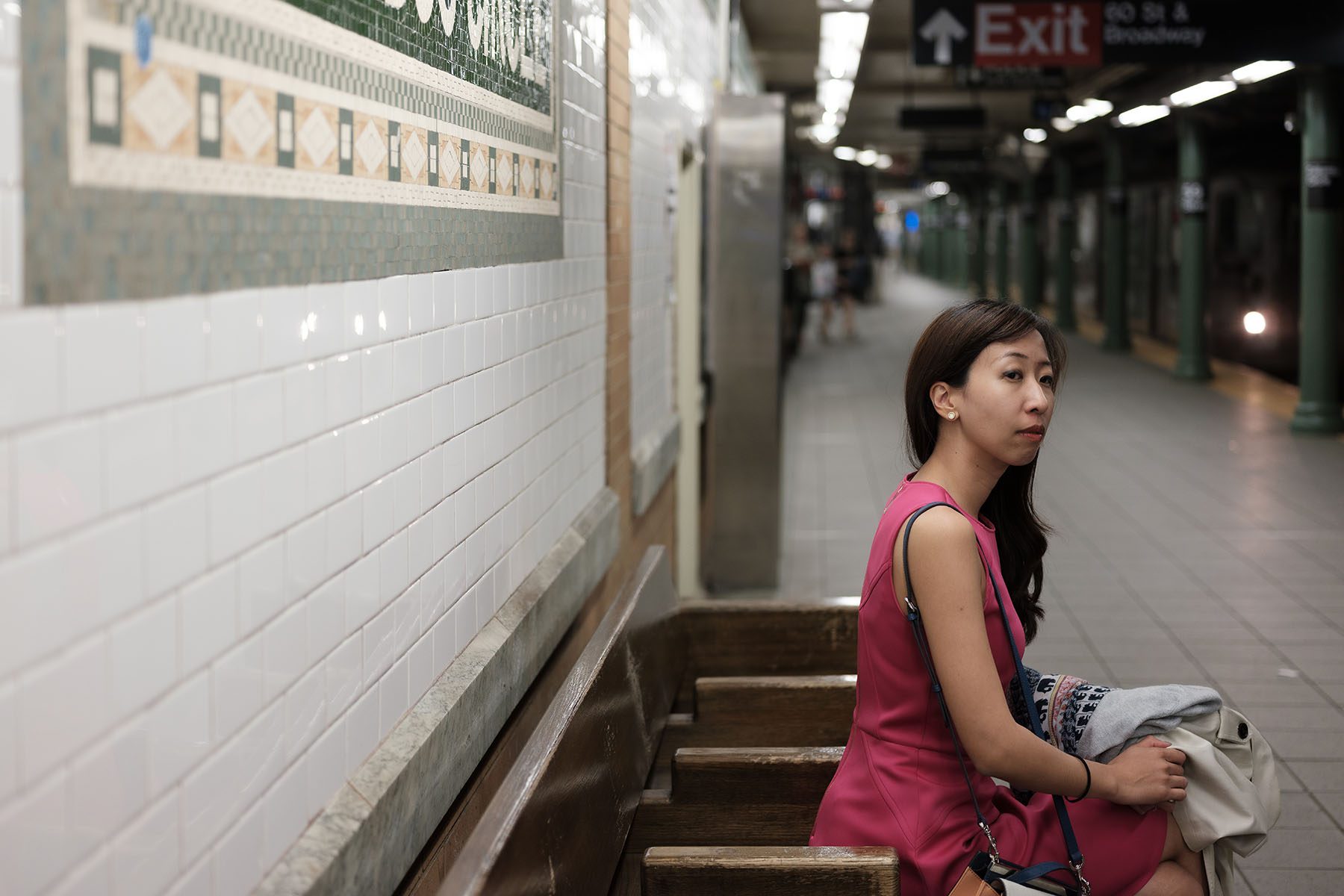This year’s Equal Pay Day for Asian American, Native Hawaiian, and Pacific Islander (AANHPI) women is marked Tuesday, later than last year because for the first time it includes gig and part-time workers rather than only full-time employees.
Traditionally the five days throughout the year recognizing how long it takes for women of different racial and ethnic groups to “catch up” to the wages of White men from the previous year have focused on full-time workers.
With the addition of part-time and gig workers, AANHPI women make on average 75 cents for every dollar earned by White men. In other words, it takes about 16 months for them to make what White men make in a year. This more representative assessment of their wage gap is a 10-cent decrease from last year when part-time and gig workers were not included.
“When you include all workers, our Equal Pay Day is almost two full months after what it used to be, which to me indicates how many people are working part-time and temporary jobs in our community,” Sung Yeon Choimorrow, executive director of the National Asian Pacific American Women’s Forum. “You’re not addressing the full scope of the range of issues when you only count full-time workers.”
On average, AANHPI women earn more than other women of color: Black women earn 58 cents per $1 for White men, Native American women earn 50 cents and Latina women earn 49 cents. When broken down into more specific ethnic groups, wages among different communities of AANHPI women vary widely. This means the frequently cited 75 cents figure for AANHPI women can paint a distorted picture of how many of them are faring.
For example, while Indian women on average make $1.22 for every dollar a White man earns, Burmese women make 50 cents, resulting in an annual loss of $30,000 in potential wages, according to a report this month by the National Women’s Law Center. Understanding the nuances of these pay differences is a key piece in developing appropriate policies, advocates said.
The 19th has previously reported on the challenges with government data collection on wages among Asian people and Pacific Islanders who are concentrated on both ends of the pay spectrum. Providing more accurate data disaggregated by race, gender, ethnicity, disability, income and veteran status is an issue that President Joe Biden has signed initiatives to address.
“I think the White House has a good understanding of the importance of this issue. I think, because it’s never been done before, we’re all sort of trying to figure out how best to do it and what makes the most sense,” Choimorrow said.
Most recently, Biden’s proclamation on National Equal Pay Day, which was March 15 this year, called for Congress to pass the Paycheck Fairness Act, a bill that was first introduced in 1997 but has not gained the necessary support from Republicans. The legislation would require employers to prove why a pay disparity exists, bar them from asking employees about their salary history, and build in more transparency and avenues for recourse if workers feel their employers are paying them unfairly.
The addition of part-time and gig workers to Equal Pay Day is a big achievement, Choimorrow said. It is particularly salient as women continue to grapple with the effects of the COVID-19 pandemic, which saw a surge both in unemployment and “underemployment,” a term used to describe workers in part-time jobs involuntarily. Asian American and Pacific Islander women make up about 3.2 percent of all workers and 4 percent of part-time workers, according to calculations by the NWLC using Census data. About 20 percent of AAPI women workers are part-time.
Currently, Asian women have the lowest unemployment rates among women — 2.9 percent — but many Asian women also left the workforce. They have a higher duration of unemployment, according to the Bureau of Labor Statistics. As of March, the median duration of unemployment for Asian women was 13.5 weeks, compared with 10.8 weeks for Latina women, 9.7 weeks for Black women and 8.1 weeks for White women. Native American women are not mentioned. Additionally, 38 percent of Asian women reported being out of work for more than six months in March, a higher share than any other group of women.
Beyond omitting part-time and gig workers, Equal Pay Day measurements have been limited in other ways. They also focus on wages and do not include other forms of compensation people can receive in their jobs, such as health insurance or contributions to a retirement account, said Carrie N. Baker, a professor in the Program for the Study of Women and Gender at Smith College. Including total compensation would push the national Equal Pay Day from March to around October, Baker said. For specific racial and ethnic groups, the date would be even later.
“In many jobs employers offer other kinds of compensation in addition to wages,” Baker said. “If we’re talking about pay inequity, and if we’re only looking at wages, then we’re missing this much larger measure.”
Choimorrow agrees there is more work to be done to fully capture the economic realities that different AANHPI women face, but she sees Equal Pay Day as an important way to spotlight the issue.
“Initiatives around equal pay need to be done in tandem,” she said. “We work on equal pay, and we work on federal increase in minimum wage, we work on paid sick leave, we work on parental leave because all of these things play a role for women.”







